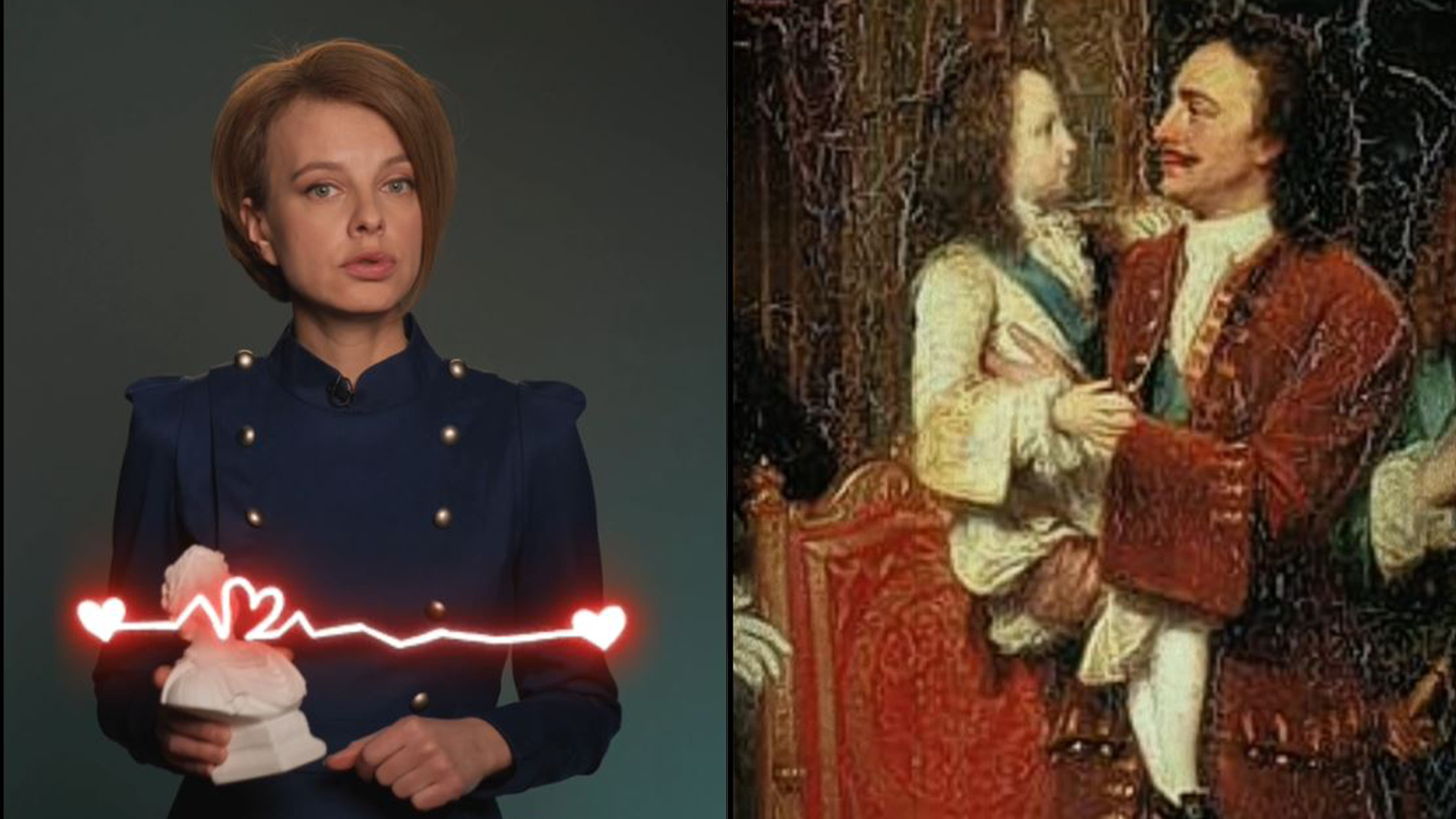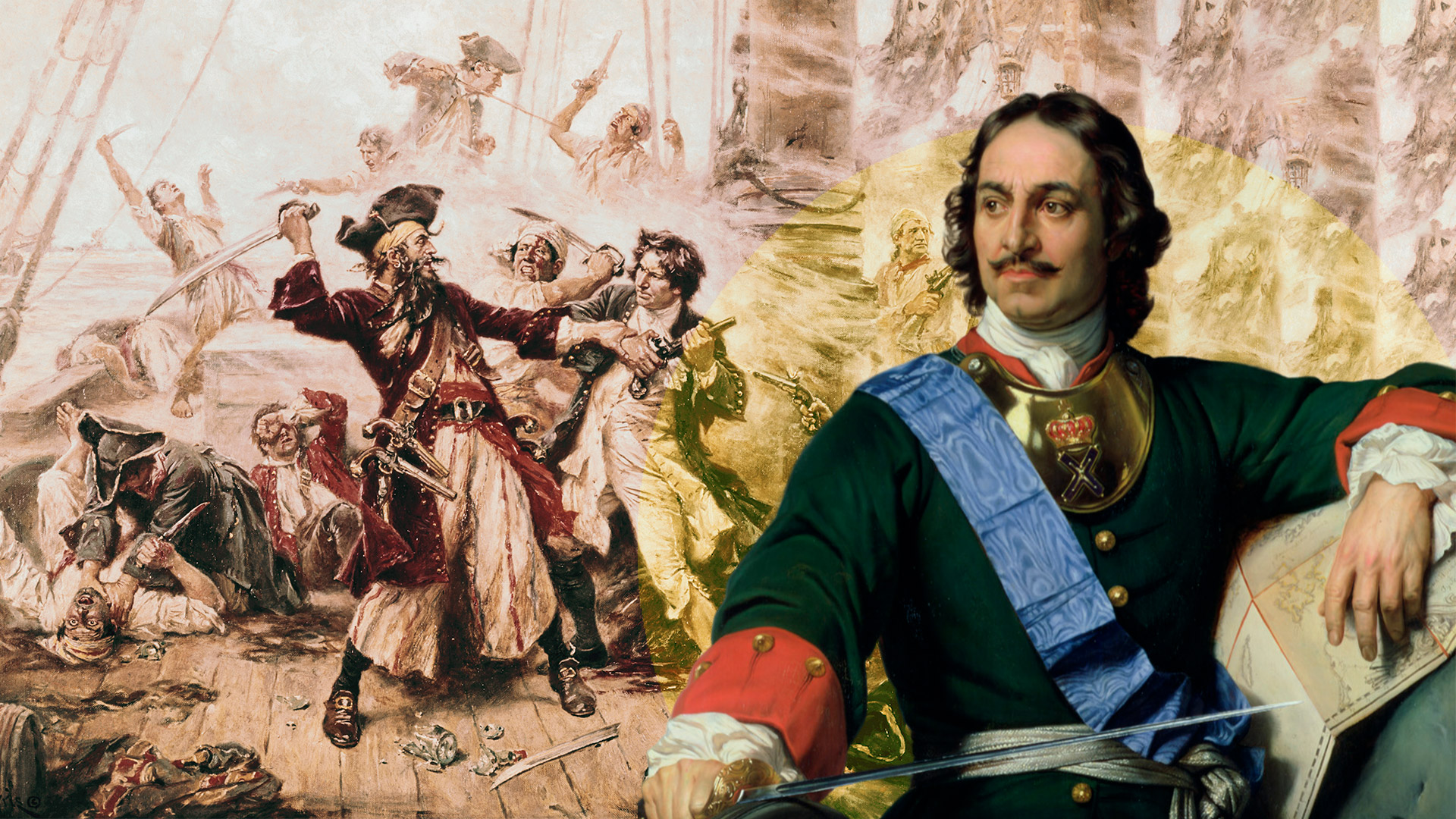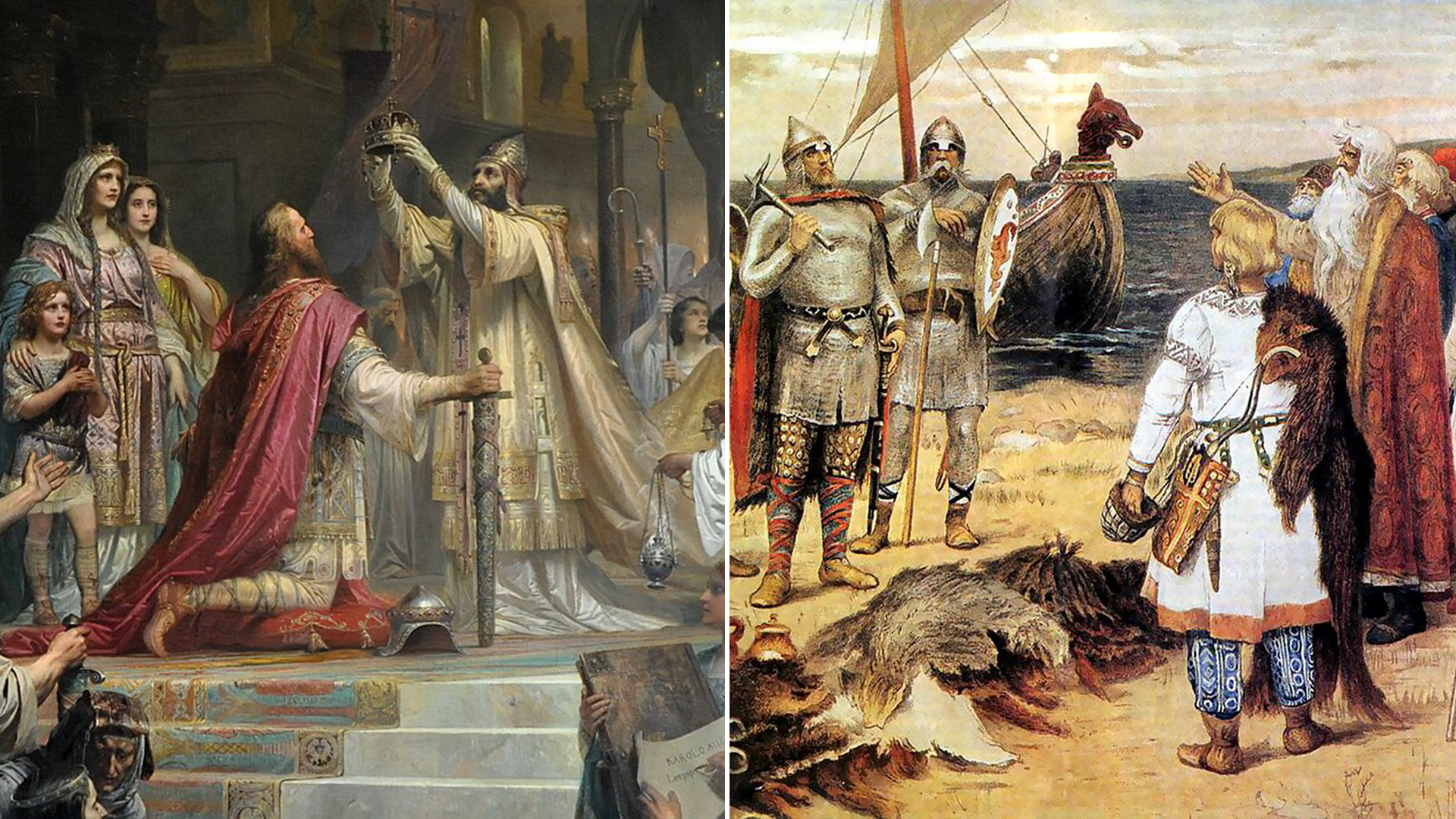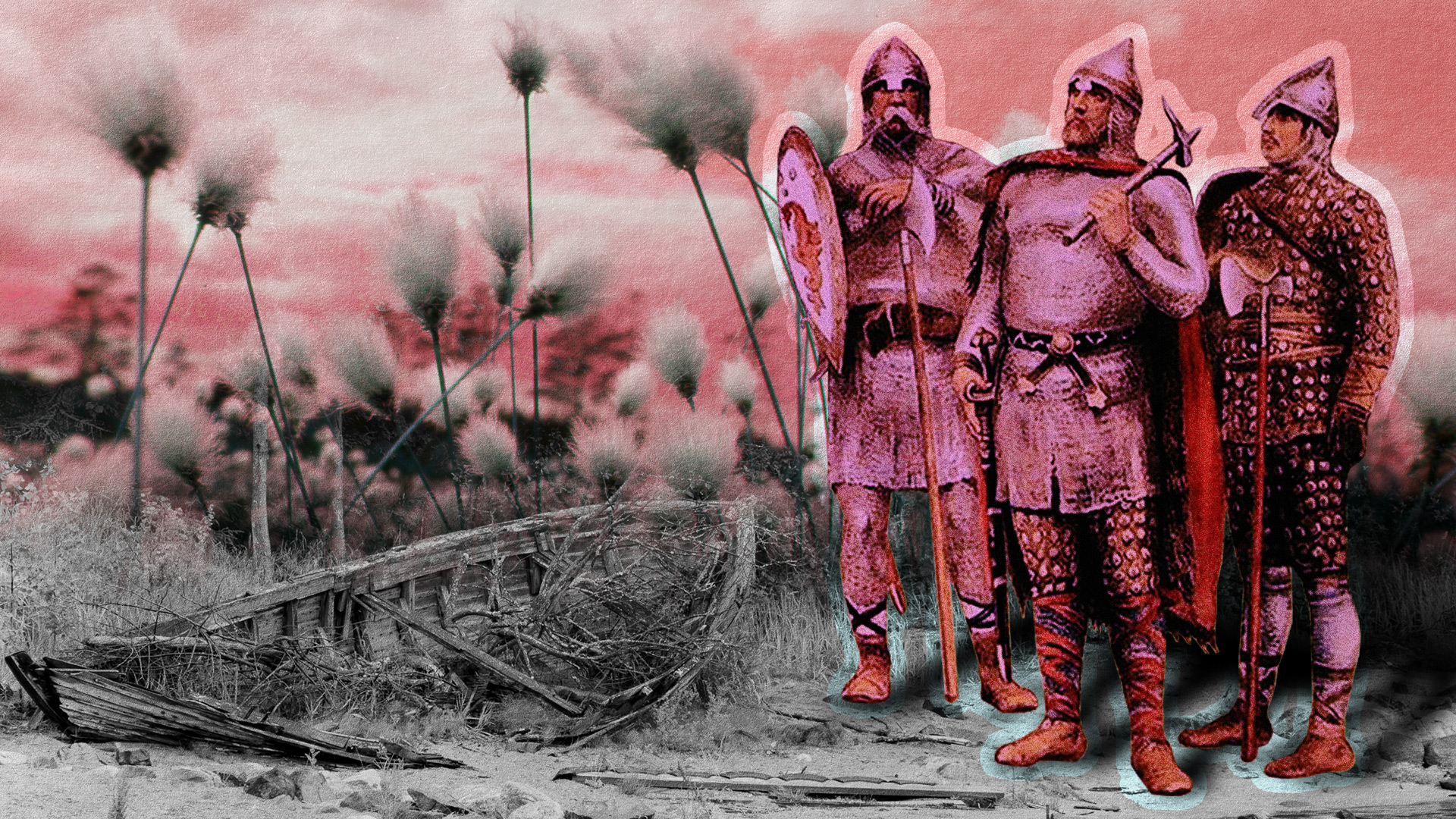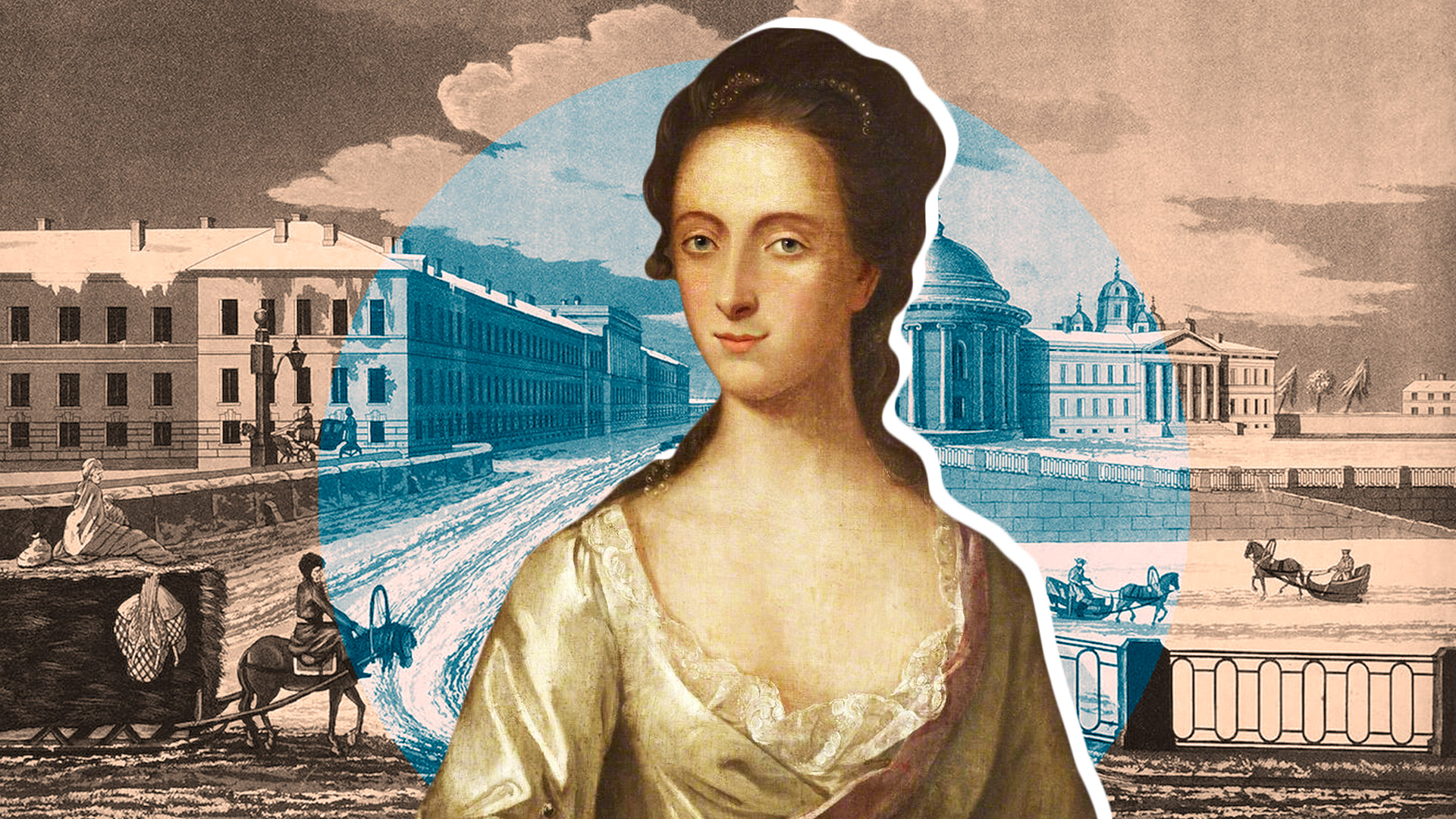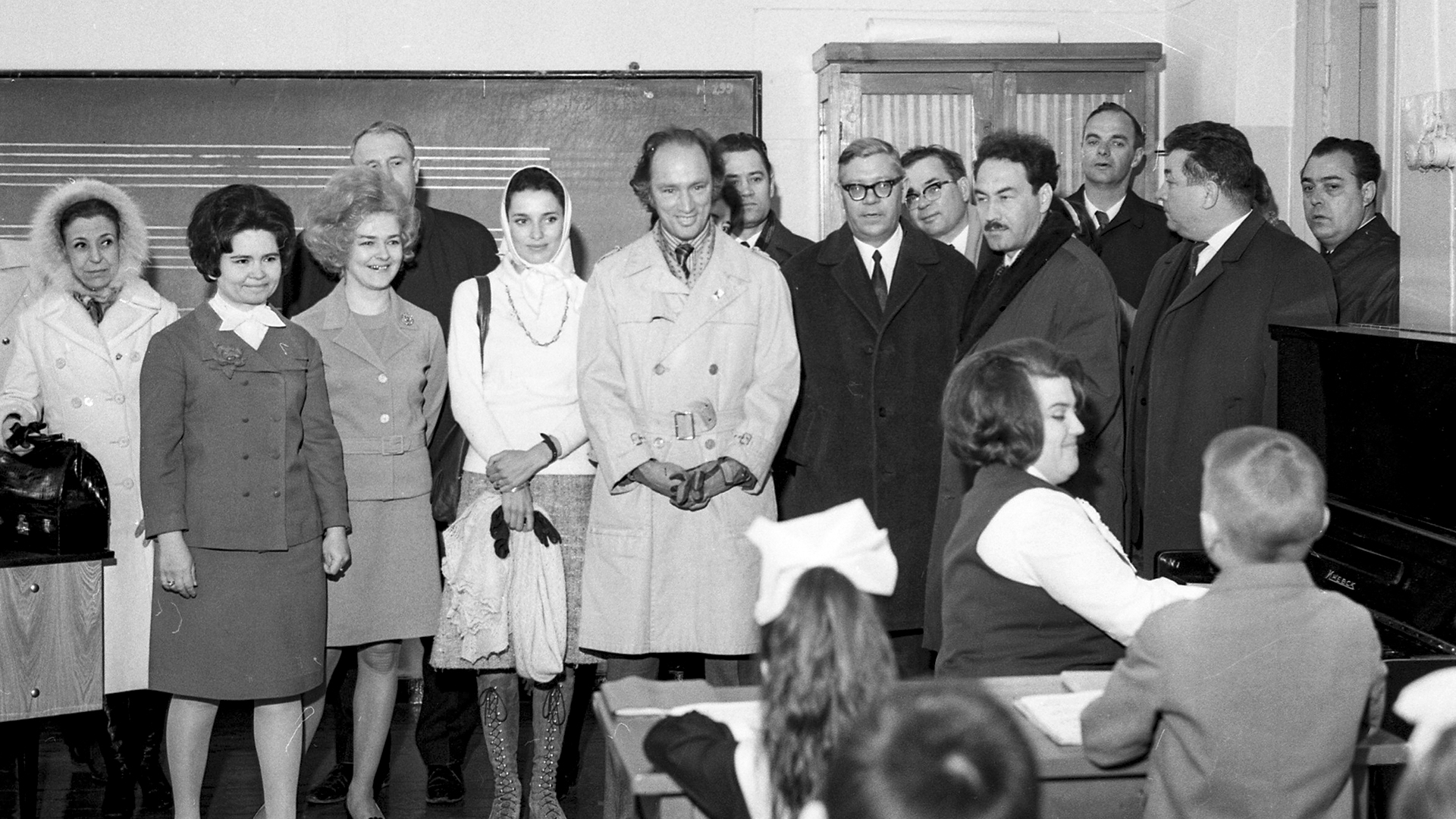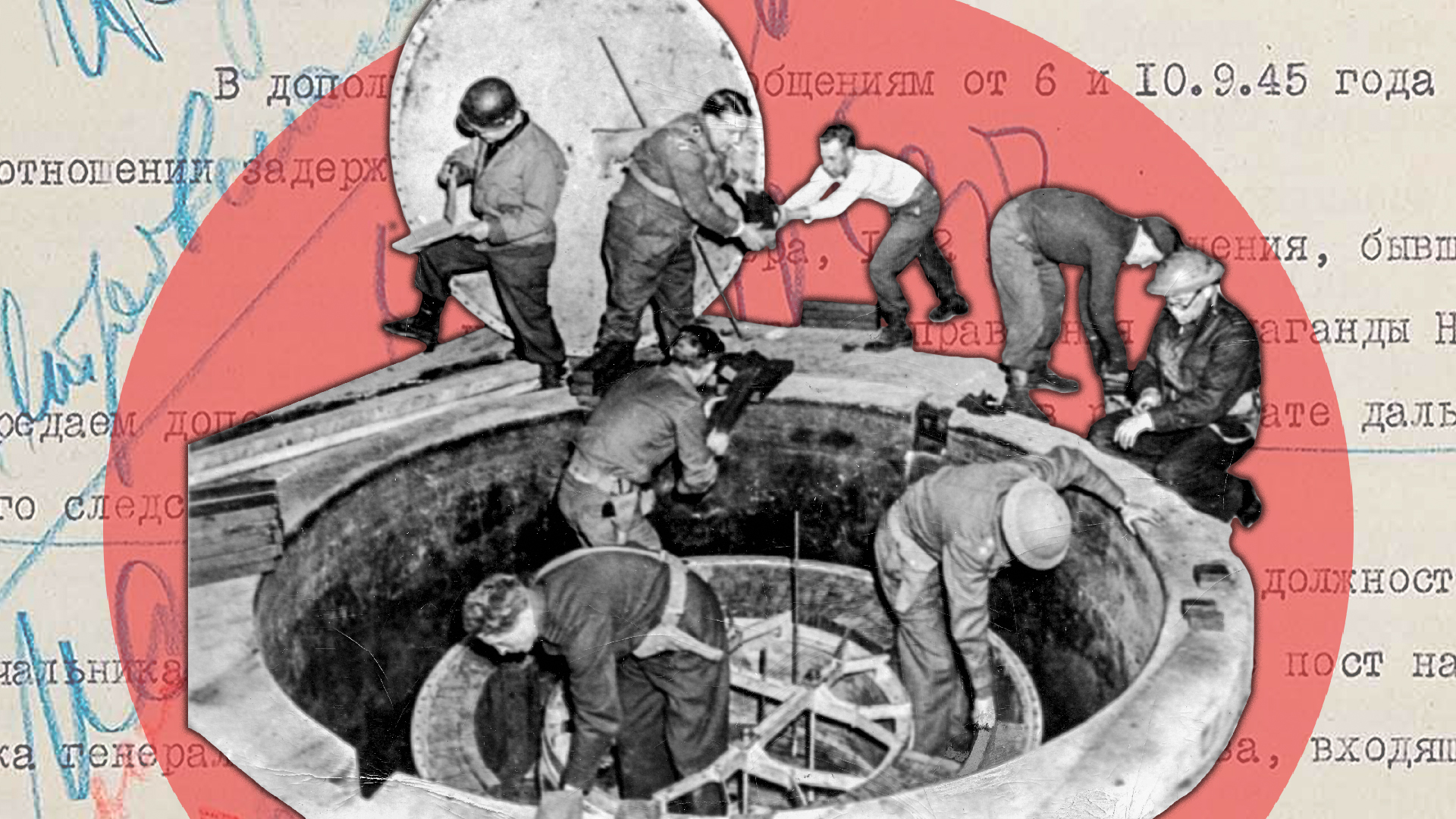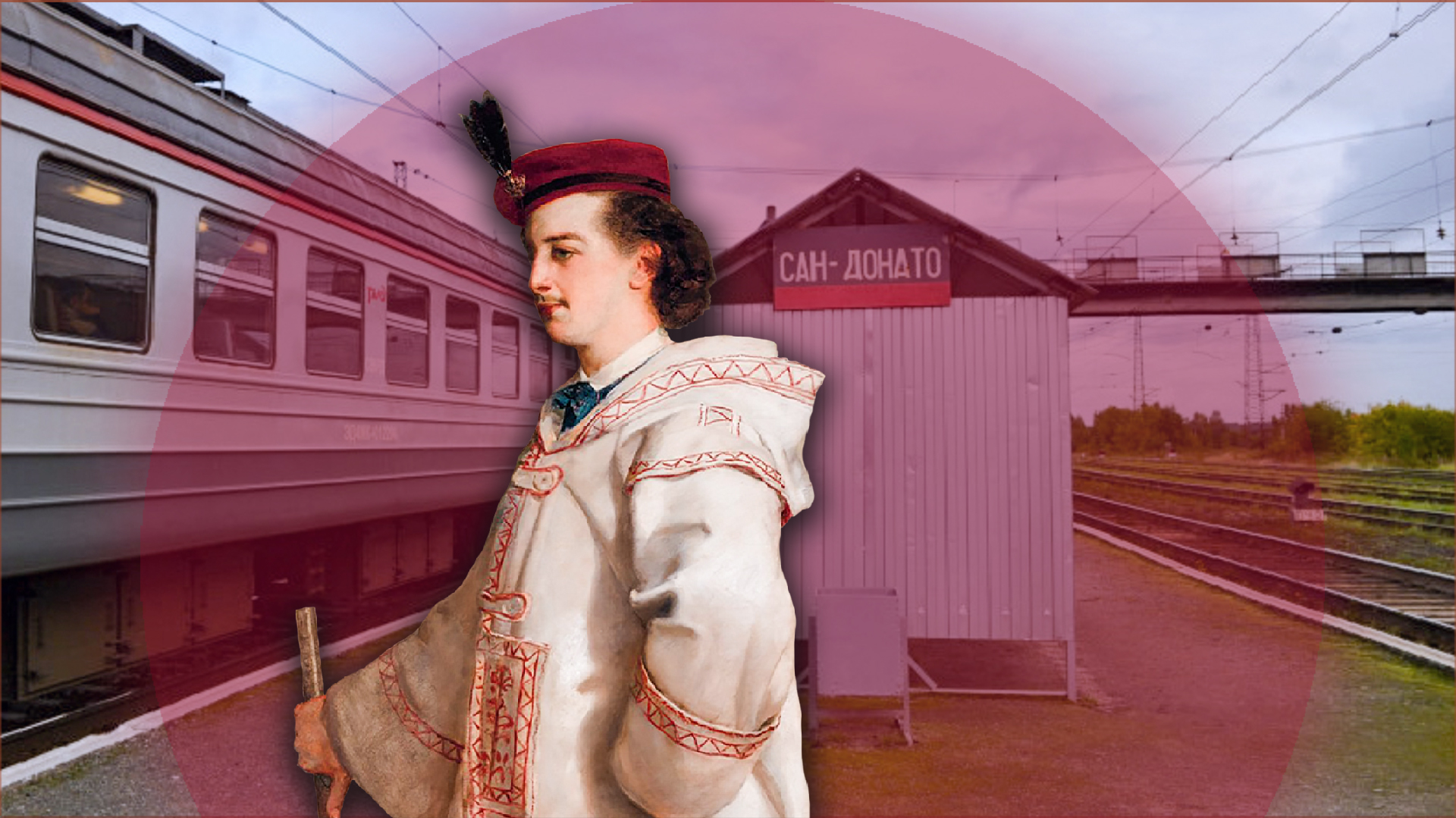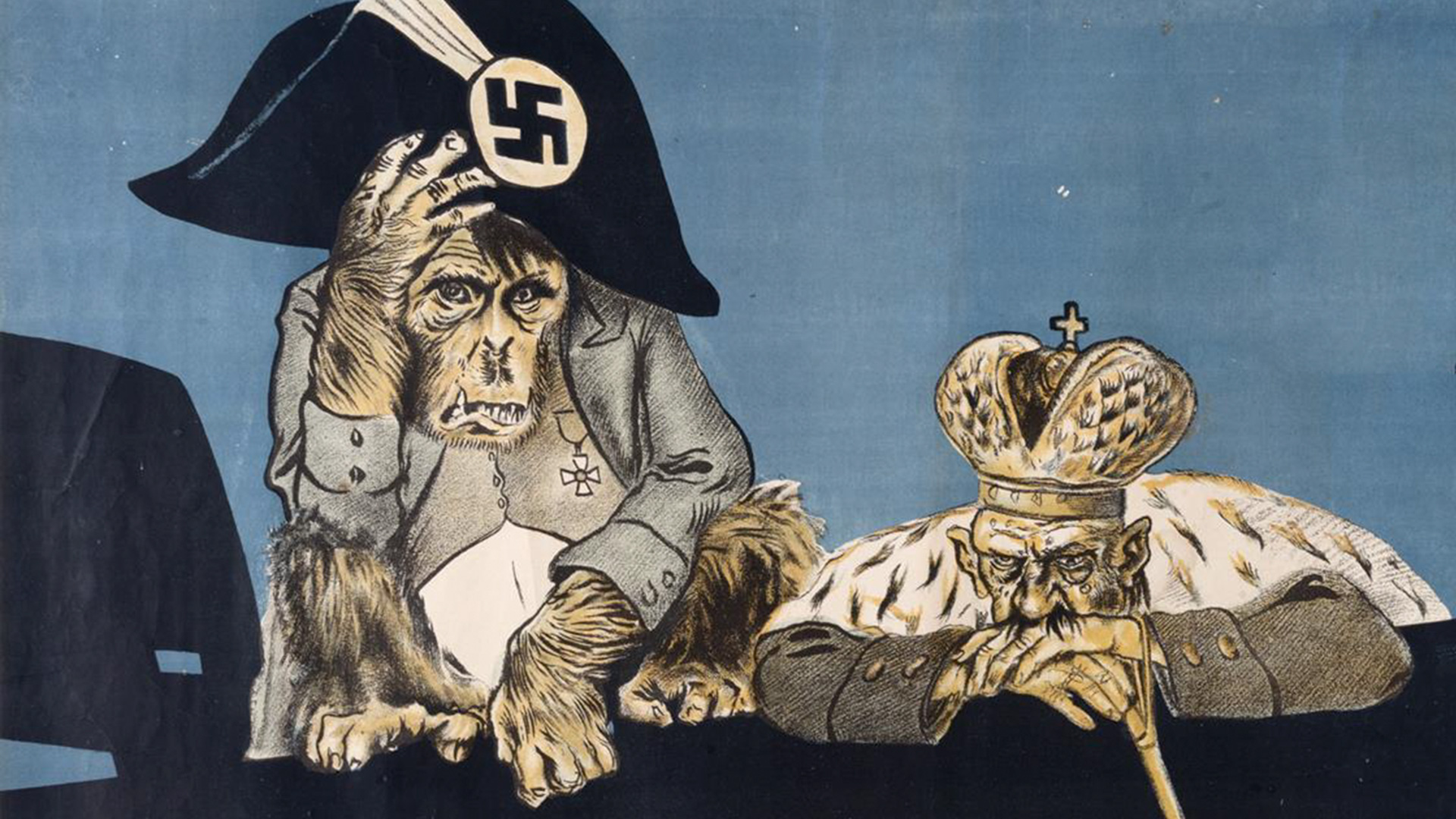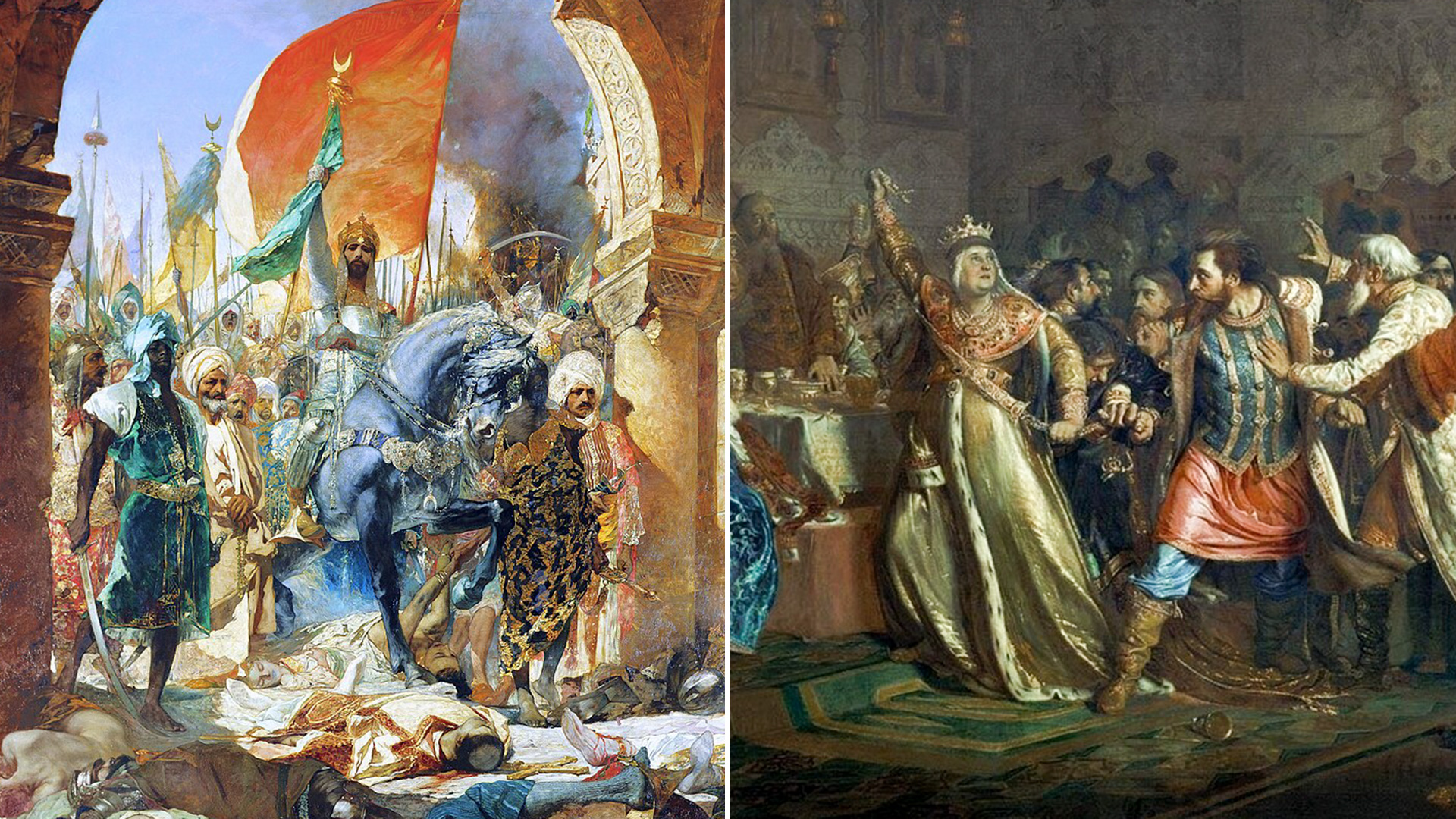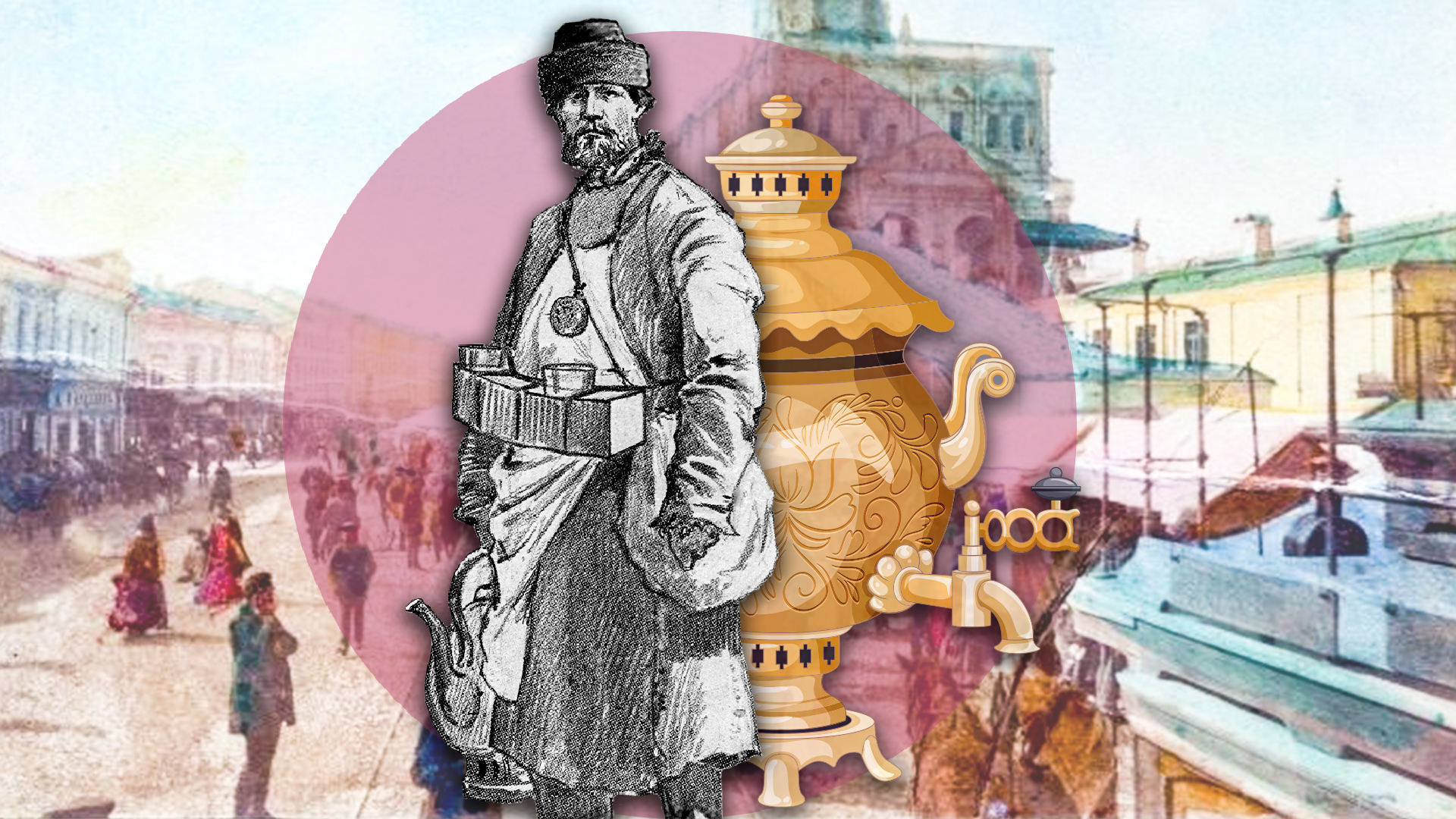
5 facts about the cruiser ‘Aurora’, a symbol of St. Petersburg

1. Almost started a war against Great Britain

In October 1904, during the war against Japan, the ‘Aurora’, as part of the 2nd Pacific Squadron, was sailing from the Baltic Sea to the Far East. Near the British Isles, Russian ships mistook English fishing trawlers for Japanese destroyers in the fog and fired at them.
‘Aurora’ itself came under retaliatory “friendly fire”. The priest on board was seriously wounded and soon died.
The so-called ‘Hull Incident’ outraged British society and the local press dubbed the Russians “pirates” and “a fleet of madmen”. However, thanks to the efforts of diplomats from the two empires, war was avoided.
2. It survived the debacle of the Russian Fleet

Having reached the Far East, the 2nd Pacific Squadron found itself “out of the frying pan and into the fire” At the end of May 1905, it was destroyed near the Japanese island of Tsushima.
Twenty-eight ships were destroyed by the enemy, blown up by their crews or surrendered to the mercy of the victor. Seven broke through to Manila and Shanghai, where they were interned.
Among the latter was the badly damaged Aurora. Soon after the end of the war, in October of the same year, it returned to Russia.
3. It rescued residents of the Italian city of Messina

In 1908, several Russian ships took part in the rescue of residents of the Italian city of Messina, which had been damaged by an earthquake. The ‘Aurora’ did not take part in those events, but, two years later, it visited Sicily to receive a gold medal for the heroic sailors.
On the very first night, a fire broke out in the city and the ship's crew fought the flames until the firefighters arrived. For their help, they were rewarded with several thousand oranges and lemons.
4. It became a symbol of the Bolshevik Revolution

The cruiser became one of the main participants in the 1917 Bolshevik Revolution. On November 7, it fired a blank shot, which became the signal for the Bolsheviks to storm the Winter Palace, where the Provisional Government was meeting.
According to the testimony of American journalist John Reed, who was in Petrograd (now St. Petersburg) then, the shots were real: “The pavement under our feet was covered with plaster fallen from the cornice of the Palace, where the two shells from the ‘Aurora’ had hit. The bombing did not cause any other damage.”
During the Soviet era, the cruiser was considered one of the main symbols of the revolution.
5. It is one of the main symbols of St. Petersburg

In 1948, the ‘Aurora’ was permanently moored at the Petrograd Embankment opposite the Nakhimov Naval School. Until 1956, it was used for training by future sailors and, in 1960, the cruiser was given the status of a monument.
Today, the ‘Aurora’ is a floating museum and one of the main symbols of St. Petersburg. No excursion around the city is complete without a visit to this legendary ship.


